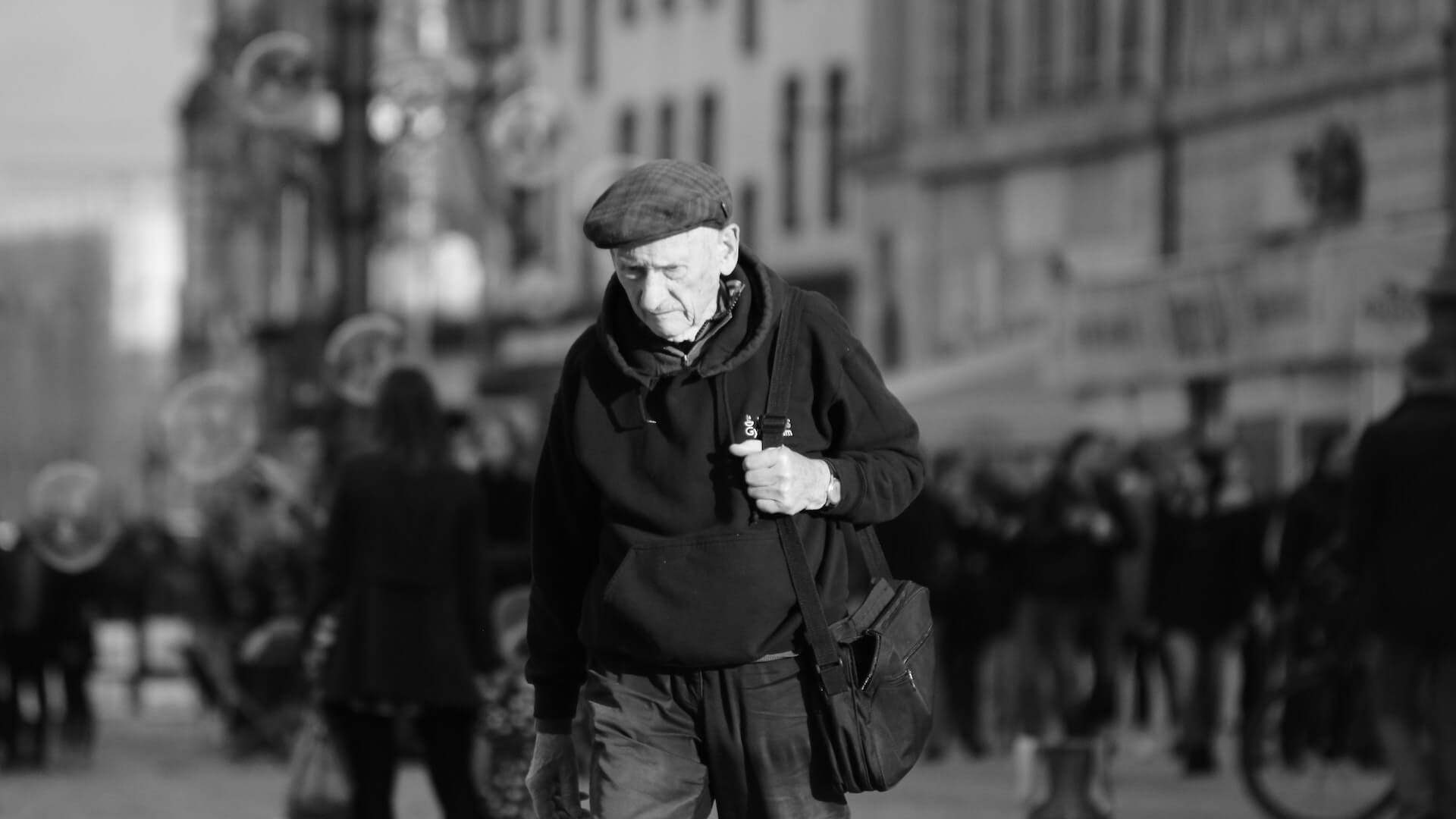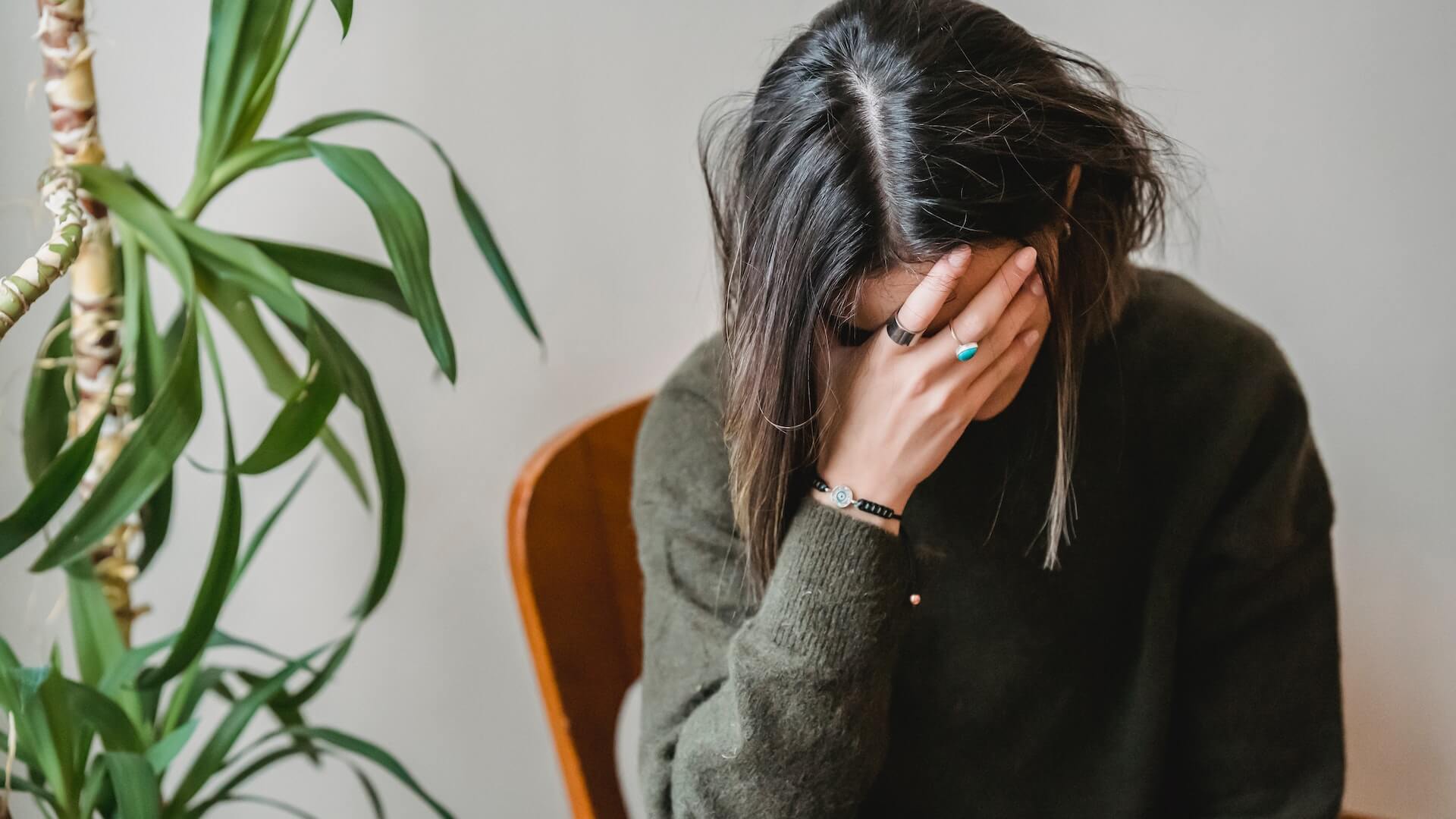Street photography is an art form that captures the essence of life in public spaces. It explores the beauty of everyday life and shows us the world through the eyes of the photographer. Street photography is a great way to see the world and can be a powerful tool for exploring and understanding different cultures. The art of street photography is about capturing the unexpected moments that happen in public spaces. It is about capturing the beauty of people, architecture, and landscapes. In this post, we will explore the art of street photography and how it can be used to capture the beauty of everyday life. From tips and tricks to equipment and techniques, we will give you everything you need to know to start taking stunning street photographs. Get ready to unveil the beauty of the world around you!
Understanding the essence of street photography
Street photography is an art form that captures the essence of everyday life. It goes beyond just pointing a camera at random subjects on the street. To truly understand the essence of street photography, one must delve into the heart and soul of the urban landscape.

At its core, street photography is about observation and storytelling. It is the art of capturing fleeting moments that often go unnoticed by the average passerby. It requires a keen eye for detail, an appreciation for the beauty of the ordinary, and a curiosity to explore the world around us.
Street photographers have a unique ability to transform mundane scenes into captivating narratives. They capture raw emotions, unexpected interactions, and the rich tapestry of human existence. Whether it’s a candid portrait of a street performer, a bustling market scene, or a solitary figure lost in thought, street photography has the power to evoke a range of emotions and provoke thought.
To truly understand the essence of street photography, one must also embrace the element of spontaneity. Unlike other genres of photography, street photography is unscripted and unpredictable. It requires quick reflexes and the ability to anticipate and capture decisive moments in an instant.
Moreover, street photography is not limited to capturing people alone. It encompasses the entire urban environment, including architecture, street art, and the ever-changing dynamics of the city. The photographer becomes a storyteller, weaving together visual elements to create a narrative that reflects the spirit of a place and its people.
The importance of observation and anticipation in capturing candid moments
In the realm of street photography, observation and anticipation play crucial roles in capturing those captivating candid moments that make the art form so compelling. Street photography is all about being present in the moment and keenly observing the world around you.
To capture genuine and authentic moments, street photographers must have a heightened sense of awareness. They must be able to anticipate and recognize fleeting moments that tell stories or evoke emotions. It’s about being in tune with the rhythm of the streets, understanding the ebb and flow of people’s interactions, and being ready to capture that decisive moment.
Observation is the foundation of street photography. It involves studying the environment, noticing patterns, and understanding the behavior of individuals. By observing the details, such as the body language, expressions, and interactions of people, photographers can anticipate potential moments that are worth capturing. It’s like being a silent observer, ready to capture the essence of a scene as it unfolds.
Anticipation is about being one step ahead. It’s the ability to predict and position oneself in such a way that the perfect shot can be captured. It requires a certain level of intuition and an understanding of human behavior. A skilled street photographer can anticipate a moment before it happens, adjusting their composition, framing, and settings to ensure they are ready to press the shutter at the right moment.
Choosing the right gear for street photography
Choosing the right gear for street photography is essential to capture those fleeting moments of beauty and spontaneity that define this art form. While some photographers may argue that gear doesn’t matter as much as the photographer’s vision and creativity, having the right equipment can greatly enhance your ability to capture stunning street photographs.

When it comes to street photography, portability is key. You want to be able to move quickly and discreetly, blending into the surroundings without drawing too much attention. This means opting for lightweight and compact gear that won’t weigh you down or attract unwanted attention.
A versatile and compact camera is a must-have for street photography. Mirrorless cameras are a popular choice due to their smaller size, silent shooting mode, and excellent image quality. These cameras allow you to capture candid moments without disturbing the scene or the subjects. Additionally, they offer a wide range of interchangeable lenses, allowing you to adapt to different shooting situations on the streets.
Prime lenses are highly recommended for street photography due to their wide apertures, which allow for better low-light performance and shallow depth of field. A 35mm or 50mm lens is often considered the go-to focal length for street photography, as it provides a natural perspective and allows you to capture subjects within their environment.
In addition to the camera and lenses, other gear essentials may include extra batteries, memory cards, a lightweight tripod for long exposures or creative perspectives, and a comfortable camera bag or backpack to carry your equipment.
Mastering the technical aspects: composition, lighting, and exposure
Composition, lighting, and exposure are key elements that can make or break a photograph, so it’s important to understand and practice these techniques.
Composition plays a vital role in street photography as it helps to create visually pleasing and balanced images. Consider the rule of thirds, leading lines, and framing to create a strong composition. Experiment with different angles and perspectives to add depth and interest to your photographs. Remember, the goal is to capture a moment that tells a story or evokes emotion.
Lighting is another essential aspect to consider in street photography. The right lighting can enhance the mood and atmosphere of your images. Pay attention to the direction and quality of light, whether it’s soft and diffused or harsh and dramatic. Natural light, such as golden hour or streetlights, can add a beautiful touch to your photographs. Be aware of shadows and highlights and how they can add depth and dimension to your subjects.
Exposure is the art of balancing light and darkness in your photographs. Understanding how to properly expose your images will ensure that the details are captured accurately. Play around with different exposure settings, such as aperture, shutter speed, and ISO, to control the amount of light entering your camera. Don’t be afraid to experiment and push the boundaries to achieve the desired effect.
Overcoming challenges and ethical considerations in street photography
As a street photographer, it is important to navigate these obstacles while preserving the integrity and respect for the subjects being photographed.

One of the key challenges in street photography is capturing candid moments while maintaining a sense of privacy for the individuals involved. It is crucial to strike a balance between documenting authentic moments and intruding on someone’s personal space. Respecting the boundaries of individuals and being mindful of their consent is essential. This can be achieved by being discreet, using inconspicuous camera equipment, and avoiding invasive techniques.
Another challenge is dealing with potential confrontations or objections from subjects. Some people may feel uncomfortable or offended by being photographed in public without their knowledge or permission. As a street photographer, it is important to handle such situations with grace and respect. Engaging in open communication, explaining your artistic intentions, and even offering to delete the photo if requested can help diffuse any tensions.
Ethical considerations also come into play when it comes to the use and dissemination of the photographs. It is crucial to be mindful of the potential consequences or misinterpretations that may arise from sharing these images publicly. Taking into account the cultural, social, and political context of the photograph can help ensure that the images are shared responsibly and with sensitivity.
Moreover, it is worth noting that street photographers have a responsibility to accurately represent the diversity and complexities of the communities they capture. Avoiding stereotypes and refraining from exploiting vulnerable individuals or marginalized groups is paramount. Showcasing the beauty and diversity of street life should be done with empathy, respect, and a deep understanding of the social dynamics at play.
Tips for approaching and interacting with subjects on the street
The ability to connect with people and capture authentic moments is what sets street photography apart from other genres. However, it can also be intimidating for photographers, especially those who are new to this art form. Here are some valuable tips to help you approach and interact with subjects on the street.
1. Be respectful:
Always approach your subjects with respect and courtesy. Remember that you are capturing real people in their everyday lives. Ask for permission before taking their photograph, and if they decline, respect their decision and move on. It’s essential to prioritize the comfort and privacy of your subjects.
2. Blend in:
To capture candid moments, it’s crucial to blend in with your surroundings. Dress appropriately and avoid drawing unnecessary attention to yourself. The more inconspicuous you are, the more natural and unposed your subjects will appear in your photographs.
3. Smile and engage:
A friendly and approachable demeanor can go a long way in gaining the trust of your subjects. Smile and make eye contact before taking their photograph. Strike up a conversation, show genuine interest in their stories, and let them know why you find them and their surroundings captivating. Building a rapport will often result in more authentic and candid shots.
4. Be aware of cultural sensitivities:
When photographing in different cities or countries, it’s crucial to be aware of cultural norms and sensitivities. Research and understand the local customs and etiquette to ensure that you approach and interact with your subjects in a respectful manner.
5. Practice discretion:
Not every photograph needs to involve direct interaction with the subject. Sometimes, capturing candid moments from a distance can be just as powerful. Use a telephoto lens or position yourself strategically to capture intriguing scenes without intruding on people’s personal space.
6. Show gratitude:
After taking someone’s photograph, be sure to thank them for their time and cooperation. Offer to share the final images with them if possible, as a gesture of appreciation. Building positive connections with your subjects can lead to future opportunities and collaborations.
Post-processing techniques to enhance the storytelling in street photographs
Once you have captured stunning street photographs, it’s time to delve into the world of post-processing to enhance the storytelling aspect of your images. Post-processing techniques can transform a good photo into a masterpiece, adding depth, mood, and emphasis to the narrative you want to convey.
One of the most powerful tools in post-processing is adjusting the exposure. This technique allows you to play with the brightness and contrast of your image, highlighting important elements and creating a dynamic visual impact. Darkening the shadows can add a sense of mystery, while brightening the highlights can draw attention to specific details within the frame.
Another technique to consider is applying selective editing. By using tools like adjustment brushes or layer masks, you can target specific areas of your photograph to make adjustments. This enables you to emphasize the subject or certain elements within the scene, while toning down distractions or irrelevant elements. This way, you can guide the viewer’s eye and strengthen the storytelling aspect of your street photographs.
Color grading also plays a crucial role in enhancing the mood and atmosphere of your images. Experimenting with different color tones can evoke different emotions and add a unique aesthetic to your street photographs. Warm tones, for instance, can create a nostalgic or inviting feel, while cooler tones can instill a sense of mystery or melancholy. Don’t be afraid to explore different color palettes and find the one that best complements your desired narrative.
Furthermore, don’t underestimate the power of cropping. Sometimes, adjusting the composition of your photograph can greatly impact its storytelling potential. By cropping out unnecessary elements or repositioning the subject within the frame, you can create a more focused and impactful image. Experiment with different cropping ratios and perspectives to find the composition that best conveys your intended message.
Lastly, consider experimenting with black and white conversions. Stripping away color can emphasize the raw emotions, textures, and shapes in your street photographs. Black and white imagery has a timeless quality that often enhances the storytelling element, allowing the viewer to focus solely on the subject and the narrative it presents.
Showcasing the beauty of everyday life through street photography
In the bustling streets of a city, hidden pockets of beauty await to be discovered. A skilled street photographer possesses a keen eye for details, spotting the poetry in a fleeting glance, the play of light and shadows, and the interplay between people and their urban surroundings.

Through the lens of a street photographer, the mundane becomes magical. A crowded street corner transforms into a vibrant tapestry of human interactions. A dilapidated alleyway reveals the resilience and character of a neighborhood. The seemingly ordinary becomes extraordinary, as the photographer captures the essence of a moment that may otherwise go unnoticed.
Street photography has the power to transport viewers to different worlds. It offers a window into diverse cultures, capturing the unique nuances and stories that unfold in different corners of the globe. From the bustling streets of Tokyo to the vibrant markets of Marrakech, street photography showcases the universal language of humanity, transcending borders and connecting people through shared experiences.
The beauty of street photography lies in its ability to freeze time, preserving fleeting moments that would otherwise be lost to the fast-paced nature of urban life. It is a form of visual storytelling that captures the essence of a city, its people, and the emotions that bind them together.
In the hands of a skilled street photographer, the camera becomes a tool for empathy and understanding. It allows us to see the world through a different lens, encouraging us to appreciate the beauty that exists in the ordinary and to find inspiration in the everyday.
Inspiring examples and celebrated street photographers to follow
When it comes to street photography, there are countless inspiring examples and celebrated photographers who have mastered the art form. These individuals have the ability to capture the essence of everyday life in a way that is both captivating and thought-provoking. By following their work, aspiring street photographers can gain valuable insights and inspiration to enhance their own craft.
One such iconic figure in the world of street photography is Henri Cartier-Bresson. Known as the father of modern street photography, Cartier-Bresson had a unique ability to capture decisive moments that revealed the beauty and poetry of ordinary life. His black and white images, with their impeccable composition and precise timing, continue to inspire photographers around the globe.
Another notable street photographer is Vivian Maier, whose work remained largely unknown until after her death. Maier’s photographs offer a glimpse into the streets of Chicago, showcasing the diverse characters and stories that unfolded before her lens. Her ability to capture candid moments with a keen eye for detail has made her a revered figure in the street photography community.
Joel Meyerowitz, on the other hand, is celebrated for his vibrant and colorful street photographs. His images often feature bold compositions, juxtapositions, and clever use of light and shadow. Meyerowitz’s ability to find beauty in the mundane and create visually striking images has earned him a well-deserved place among the greats in street photography.
Conclusion
Street photography is a unique and captivating form of art that allows photographers to capture the essence of everyday life in urban environments. By following the tips and techniques we shared, you can enhance your skills and unlock the beauty that lies within the streets. Remember, the key is to observe, anticipate, and capture those fleeting moments that tell a story. So grab your camera, hit the streets, and let your creativity shine through your lens. Happy shooting!



